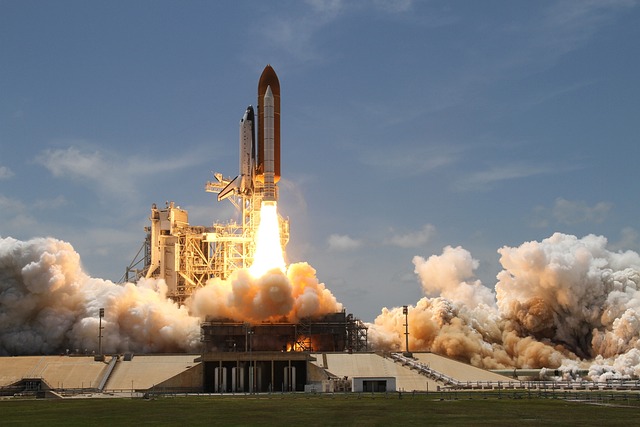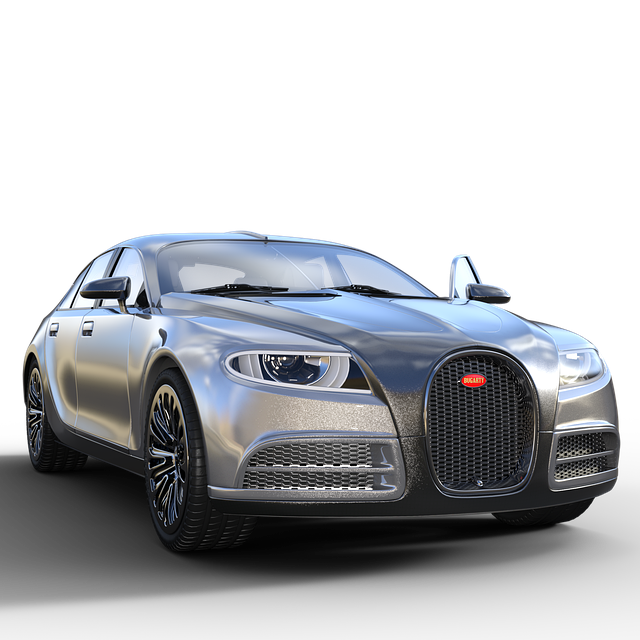Newton’s Third Law of Motion is states that to every action, there is an equal (in magnitude) and opposite (indirection) reaction. If a body A exerts a force F on another body B then B exert a force – F on A.
The forces act along the same line. Action and reaction never cancel each other i.e., they can not balance each other as they act on different bodies. The force of action and reaction may appear due to actual physical contact of the two bodies or even from the distance.
“For every action, there is an equal and opposite reaction.”
This statement means that forces always occur in pairs, where one object exerts a force on a second object, and the second object simultaneously exerts a force of equal magnitude but in the opposite direction on the first object. These paired forces are known as action-reaction forces.
This law is applicable whether the bodies are at rest or in the motion.
Single isolated force is not possible, force is always possible in action-reaction pair form.
To know better about Newton’s Third Law of Motion
To know better about Newton’s Third Law, we have to break it into few components:
1.Action and Reaction Are Forces:
The “action” is the force exerted by the first object on the second.
The “reaction” is the force exerted by the second object back on the first.
2. Equal in Magnitude:
The action and reaction forces have the same strength, meaning their magnitudes are identical.
3. Opposite in Direction:
These forces act in exactly opposite directions.
4. Act on Different Objects:
The action and reaction forces never act on the same object. This is why they do not cancel each other out.
Everyday Examples of Newton’s Third Law of motion
1.Walking: When we walk, our foot pushes backward against the ground (action), and the ground pushes forward against our foot (reaction), propelling us forward.
2. Rocket Propulsion: In a rocket, the engines expel gases downward (action), and the gases push the rocket upward (reaction), allowing it to launch into space.
3. Jumping: When we jump off the ground, we push downward on the ground (action), and the ground pushes us upward (reaction), allowing us to lift off.
4. Bird Flight: Birds push air downward with their wings (action), and the air pushes the birds upward (reaction), facilitate them to fly.

Key Imminent
1.Interaction is Mutual: Newton’s Third Law of motion emphasises the mutual interaction between two objects. Neither the action nor the reaction exists in isolation; they are simultaneous and interdependent to each other.
2. Force Pairs in Different Systems: That the forces act on different objects helps clarify why they don’t cancel each other out. Example, in the case of a book resting on a table, the table exerts an upward reaction force equal to the book’s downward weight, allowing the book to stay at rest.
3.Application in Engineering: This law is primary in designing machines, vehicles, and structures. Like cars rely on the interaction between tires and road, where the tires push backward on the road, and the road pushes the car forward.
